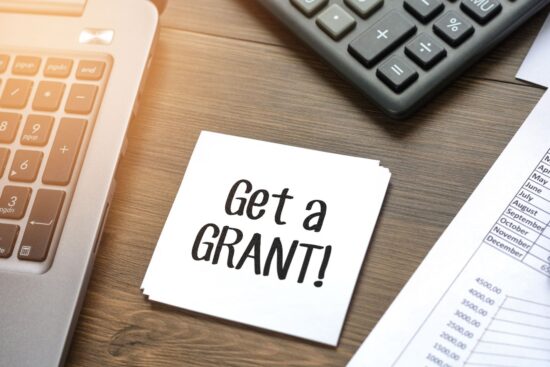Educational non-profits in Australia play a vital role in supporting learning opportunities for underserved populations, bridging gaps in literacy, vocational training, and access to technology. Government grants offer a critical avenue of funding for these organizations, helping them expand their programs and reach more people in need. Securing such grants, however, requires an understanding of the specific opportunities available and how to craft a compelling application that aligns with the grant requirements. Grants Assist reviews emphasize that educational non-profits can significantly improve their chances of success by aligning their proposals with the goals and priorities of the grant providers.
Government grants for educational programs often focus on initiatives that target literacy development, skills training, and technology access. Literacy initiatives, for instance, aim to provide children and adults with the reading and writing skills they need to succeed in school and life. Similarly, vocational training programs help individuals—particularly those from disadvantaged backgrounds—develop the skills required to enter the workforce, while technology grants enable non-profits to close the digital divide by providing computers, internet access, and digital literacy training to underserved communities.
Understanding the Types of Educational Grants Available
The first step for non-profits seeking government funding is to identify the types of grants that align with their educational mission. Government agencies at the federal, state, and local levels offer a variety of grants for non-profits involved in education, but these grants often have specific focuses or target groups. For example, some grants may prioritize early childhood literacy, while others focus on adult education or digital skills for marginalized communities.
Federal government grants often support large-scale initiatives with a national impact, such as literacy campaigns or workforce development programs. These grants tend to have more stringent requirements and a competitive application process but offer substantial funding that can make a significant difference in the scope and reach of a non-profit’s program.
State and local government grants, on the other hand, may be more focused on addressing the specific needs of communities within a certain region. For non-profits that operate in underserved or rural areas, these grants can be a valuable source of funding to address local educational gaps. For example, a non-profit that runs vocational training for unemployed adults in a specific region might find state or local grants that are tailored to support job creation and workforce development in that area.
Crafting a Compelling Proposal
Once a non-profit has identified a relevant grant opportunity, the next step is to craft a strong proposal that aligns with the grant provider’s priorities. A compelling grant proposal for educational programs should begin with a clear statement of the problem the non-profit aims to address. This could be a literacy gap in a specific community, a lack of vocational training options for adults, or limited access to technology in rural schools. Providing evidence of the problem, such as data on local literacy rates or unemployment figures, helps to establish the need for the program.
The proposal should then outline the specific objectives of the program and how the grant funds will be used to achieve these goals. For example, if the non-profit is applying for a grant to support a literacy initiative, the proposal might describe how the program will improve reading skills among children in low-income households. If the grant is for vocational training, the proposal should detail the types of skills that participants will learn and how these skills will help them find employment.
In addition to clear objectives, a strong proposal should also include a detailed plan for how the program will be implemented. This includes information on the timeline for the project, the staff or volunteers who will be involved, and the resources needed to run the program effectively. For technology grants, this might involve outlining the specific digital tools that will be purchased, such as computers or tablets, and how they will be distributed to participants.
Demonstrating Impact and Sustainability
Grant providers want to know that their funds will be used to create lasting, positive change, so it’s important for non-profits to demonstrate the potential impact of their program. This can be done by outlining measurable outcomes, such as the number of participants who will improve their literacy skills, the number of people who will complete a vocational training course, or the increase in digital literacy among participants who gain access to technology. Including data from previous successful programs can strengthen the proposal by showing that the non-profit has a proven track record of delivering results.
In addition to demonstrating impact, non-profits should also address the sustainability of their program. Grant providers are more likely to fund programs that have the potential to continue beyond the initial grant period. This might involve outlining plans for future fundraising efforts, partnerships with other organizations, or strategies for generating revenue that will support the ongoing operation of the program.
Challenges and Opportunities
While government grants offer significant opportunities, non-profits must also navigate challenges in the application process. Competition for funding can be intense, and non-profits may need to apply multiple times before securing a grant. It’s also important to note that government grants often come with specific reporting requirements, so non-profits must be prepared to provide regular updates on how the funds are being used and the progress of the program.
However, the opportunities presented by government grants are vast. With careful planning, clear objectives, and a well-crafted proposal, educational non-profits can secure the funding needed to expand their programs and reach more individuals who need support.
